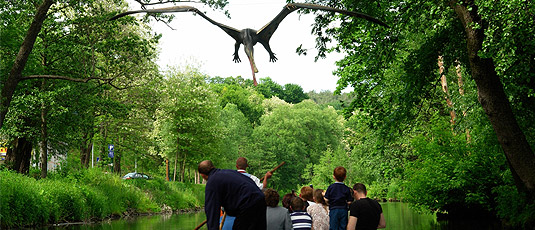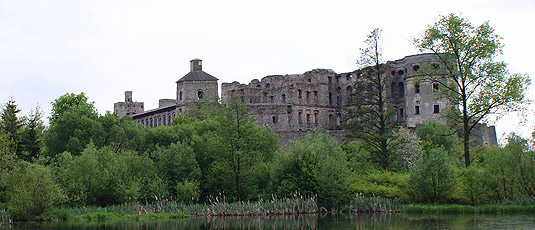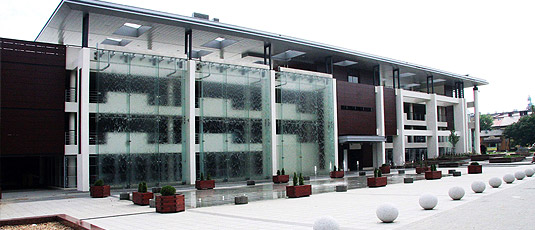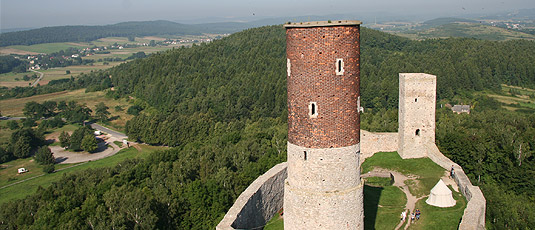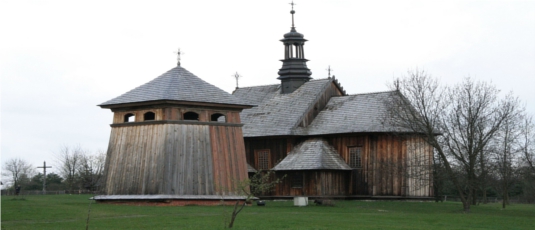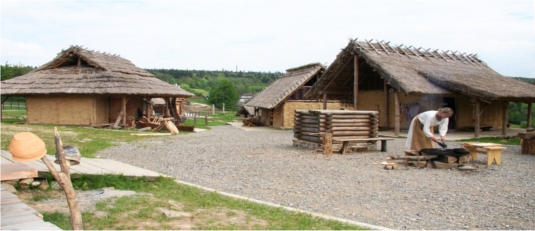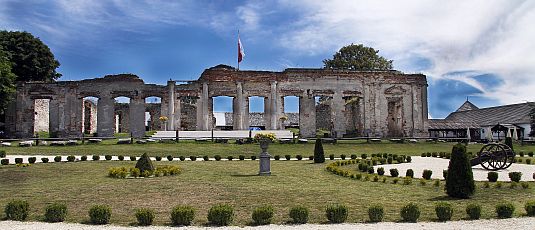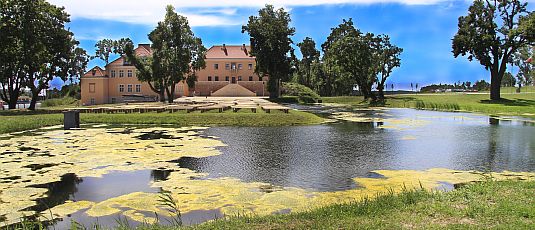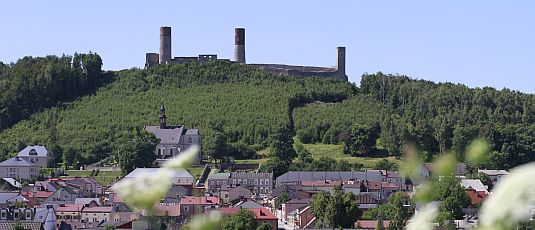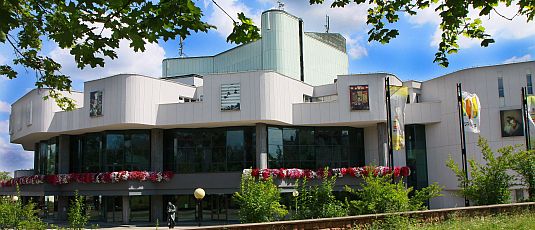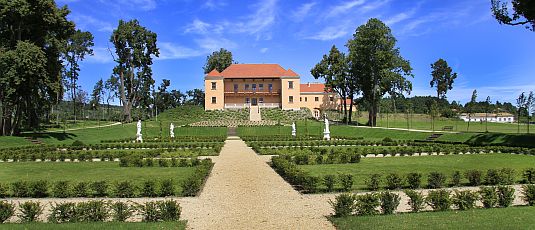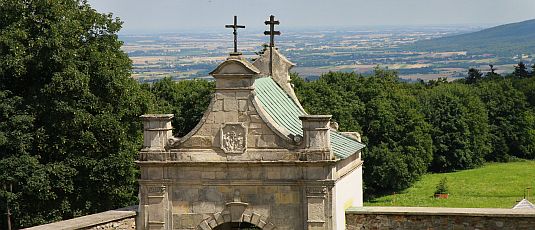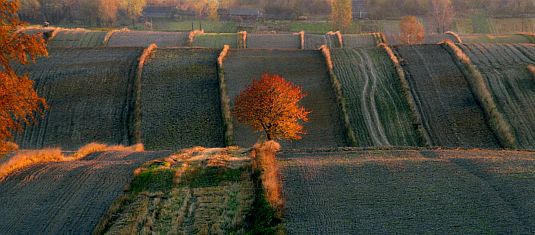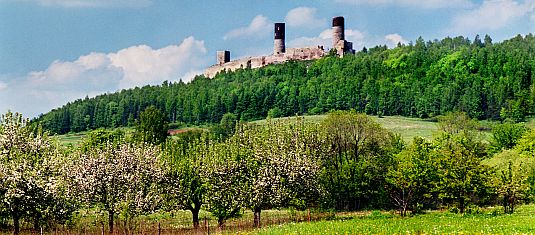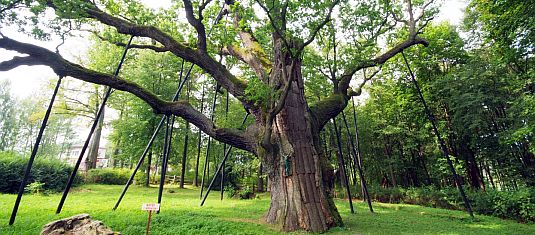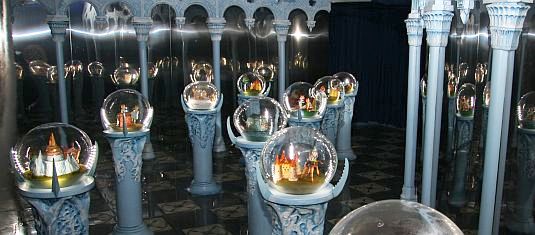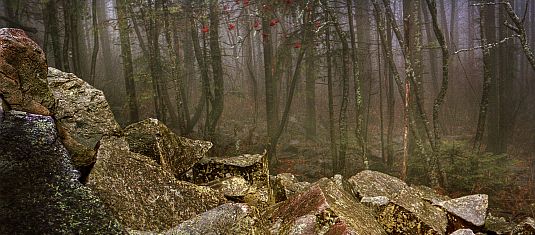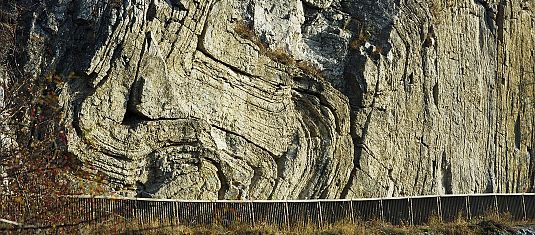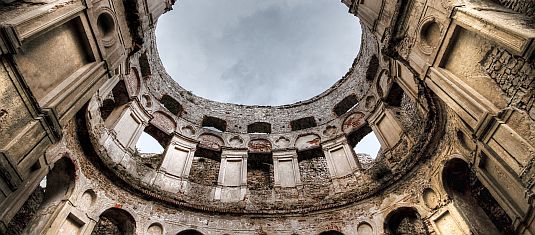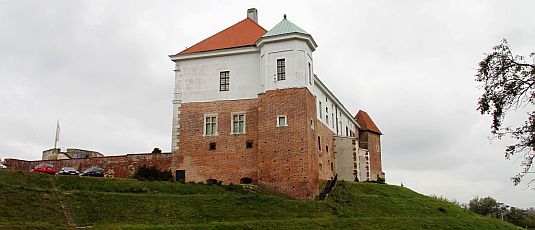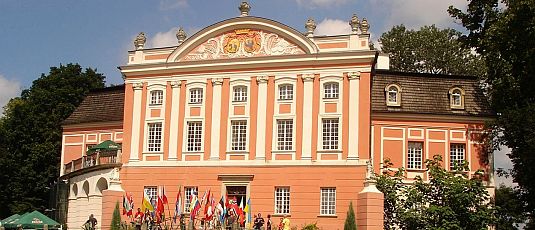The history
In the beginning of the 12th C., the family of Jaksa-Gryfita had decided to erect the Church of St. Adalbert (Pol. Św. Wojciech) and a manor in the area of Brzeźnica, at the headwaters of the Biała Nida River (today the vicinity of Jędrzejów). The temple was consecrated by the Cracow bishop Maurus and next furnished by his successor Radost Gaudensjusz of the Poraj coat of arms. It could have been the residence of the Cracow Canon Janik Jaksa-Gryfita who, together with his brother Klemens of Klimontów - the Cracow palatine, founded a first Cirtercian monastery in Poland. In the foundation documents the place appeared as Brynsich, Bryszyn or Brzeźnica. The Cistercian convent, under the lead of Fr. Nicholas, came to these lands in 1114 from the Morimond Abbey in Champagne, after being brought by the later archbishop of Gniezno.
The monastery in Brzeźnica was founded in 1140 as a 21st daughter-abbey of Morimond, therefore, it was officially named Morimondus Minor. The Cistercians founded also a settlement, which they later named Jędrzejów (Lat. Andreovia). The name comes probably from the name of an eastern patron, St. Andrew the Apostle, who was known for initiating missionary activity in the east of Europe. Because the Cistercian Order followed his doctrine in this respect, they named their settlement Andreovia, which stand for “the Way of St. Andrew”. Jan Gryfita, the founder of the monastery, devoted a considerable part of his family fortune to furnish it. The consecration act from 1149 elevated the monastery to a rank of an abbey and king Bolesław Kędzierzawy (Bolesław IV the Curly) gave it a foundation privilege which exempted it from ducal tributes and charges. The ceremony of consecrating the new church and devoting it to the Assumed Blessed Virgin Mary took place in 1210 and was conducted by the Cracow bishop Wincenty Kadłubek. The settlement became a town thanks to the contemporary abbot Jan (John) III and gained the location privilege on the Środa Rights (a Polish equivalent of the Magdeburg Rights) from king Bolesław Wstydliwy (Bolesław V the Chaste) in 1271. In 1447, at the decline of the Middle Ages, Mikołaj Odrowąż became the abbot of the monastery and soon after he decided to rebuild and modernise the Romanesque church and in 1475, after a thorough transformation, it became Gothic. Additionally, a separate building of the abbey hospice was erected. The abbot hired many acknowledged artists to decorate the temple, e.g. Wit Stwosz and the Cracow goldsmiths – Mikołaj Kregler and Mikołaj Breimer. In 1479, the devastated 12th-century parish church was replaced by a new Gothic temple of the Holly Trinity. At that time, the main buildings of the complex were: a basilica with no towers, built on a Latin-cross plan, and a monastery with a viridary in the centre. The convent was liquidated in 1819 and in 1831 its buildings were turned into a field hospital. The pastoral service was taken over by Franciscan monks, however, in 1870 they were also dismissed for supporting the January Uprising. Instead, in 1872 the Russian authorities placed a teaching seminary in here. The Cistercians returned to Jędrzejów in 1945 and in 1953 the monastery gained the rank of a priorate, while in 1989 it again became an abbey.
In the modern times, the monastery underwent a thorough makeover, especially its wings, one of which was extremely devastated and got deconstructed. Only the remains of the chapter house have survived (a few architectural details, decorated with floral relief) - some of them have been transported to the church lapidary, other to the National Museum of the Przypkowski Family. Consequently, today the monastery has there three multi-storey wings from the13th and 15th C.
The church
The post-Cistercian Church of the Blessed Virgin Mary, St. Adalbert and Blessed Wincenty Kadłubek comes from the 13th C. Its Romanesque outlook was thoroughly changed in the 15th C., yet, the most radical changes took place after a fire in 1725, when the whole temple gained a Baroque decor. Therefore, the inside combines architectural elements from various epochs. The oldest come from the 12th C., these are: the corbels of the ribbed vaulting, decorated with floral relief, and two corner colonettes from a chapel by the southern part of the transept. The chapel has some fragments of polychromes from the 13th or 14th C., unfortunately they are indecipherable. Most of the church furnishing comes from the period of its Baroque transformation. The main altar in the presbytery from 1731 contains a relic of the Blessed Wincenty Kadłubek, its ornamentation depicts the Assumption of The Virgin Mary. It also worth mentioning the tabernacle, which is a valuable piece of the goldsmith’s artistry. It was made around 1766 in Augsburg, by Kasper Ksawery Stipeldey. The walls of the Blessed Wincenty Kadłubek’s Chapel are decorated with polychromes depicting scenes from his life. The Baroque decor is completed by a late-Baroque ambo with a relief of St. John the Baptist, stalls from 1731, and finally, a 42-voice organ, built between 1745-1754 by a master of organ-making Józef Sitarski – it is a valuable piece of organ artistry, which combines the elements of late-Baroque and Rococo style, and a prototype of the famous Oliwa organ.
By the entrance to the sacristy there is a Gothic figural tomb of the Cracow castellan Pakosław from Mstyczów, who died around 1319. Moreover, the walls of the temple are covered with numerous Baroque epitaphs of the Jędrzejów abbots, e.g. Bartłomiej Powsiński (+1622), Adam Makowski (+1623) and Józef Bernard Zebrzydowski (+1710).
The Cistercian heritage – an important point on every tourist track.


